


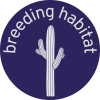


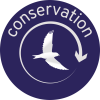

MEETING THE SCIENTISTS
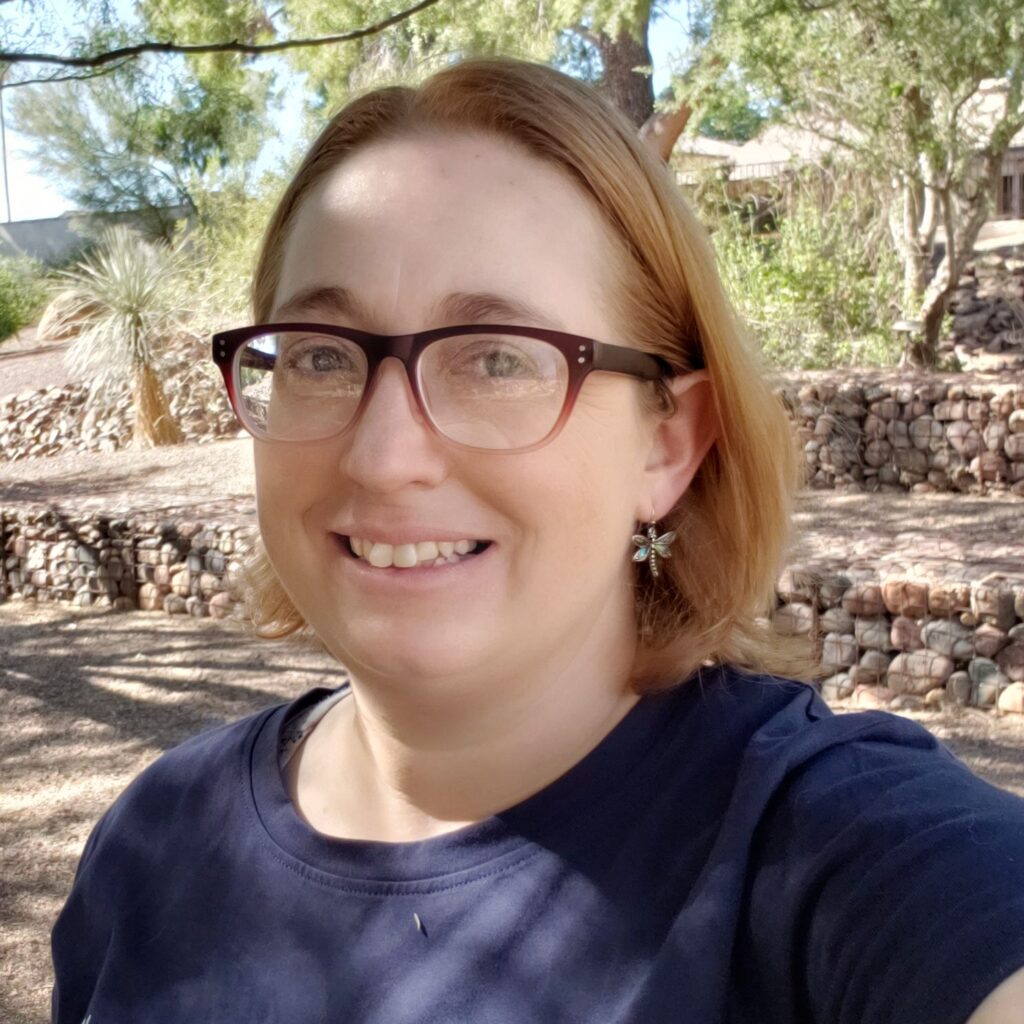
Jennie MacFarland
(she | her) - Tucson Audubon Society
Jennie is a nearly life-long Arizonan that loves exploring different habitats in Southeast Arizona. Birding is an integral part of her social life and work life and much of her free time is spent in the field birding or learning more about birds and their ecosystems. As Bird Conservation Biologist for Tucson Audubon, Jennie coordinates the Arizona Important Bird Areas Program and other bird survey conservation projects. She is also the coordinator for the Tucson Bird Count and organizes several large scale community science efforts in Southeast Arizona each year including Elegant Trogon surveys of five Sky Island mountain ranges, Western Yellow-billed Cuckoo surveys and the Desert Purple Martin Project. Jennie also enjoys sharing the amazing bird life of Southeast Arizona and amazing work of Tucson Audubon Society and frequently gives presentations and online talks on various subjects.
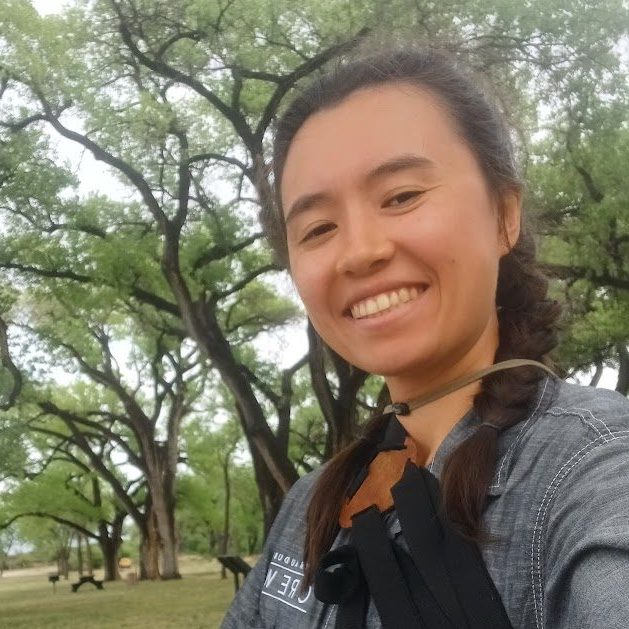
Aya Pickett
(she | they) - tucson audubon society
Originally from Michigan, Aya has worked with birds and all types of wildlife across the country. The species she has worked with include Arctic Terns, Golden-cheeked Warblers and Gray Vireo. She has also worked multiple seasons at Intermountain Bird Observatory and Michigan State Bird Observatory as a songbird bander and is currently a certified bander through the North American Banding Council. In her current role as Restoration Project Manager for Tucson Audubon she plants saguaros, restores habitat for Montezuma Quail, and manages a MAPS banding station in the Las Cienegas National Wildlife Conservation Area. She contributes her bird banding experience to the desert Purple Martin team to help capture and tag martins.
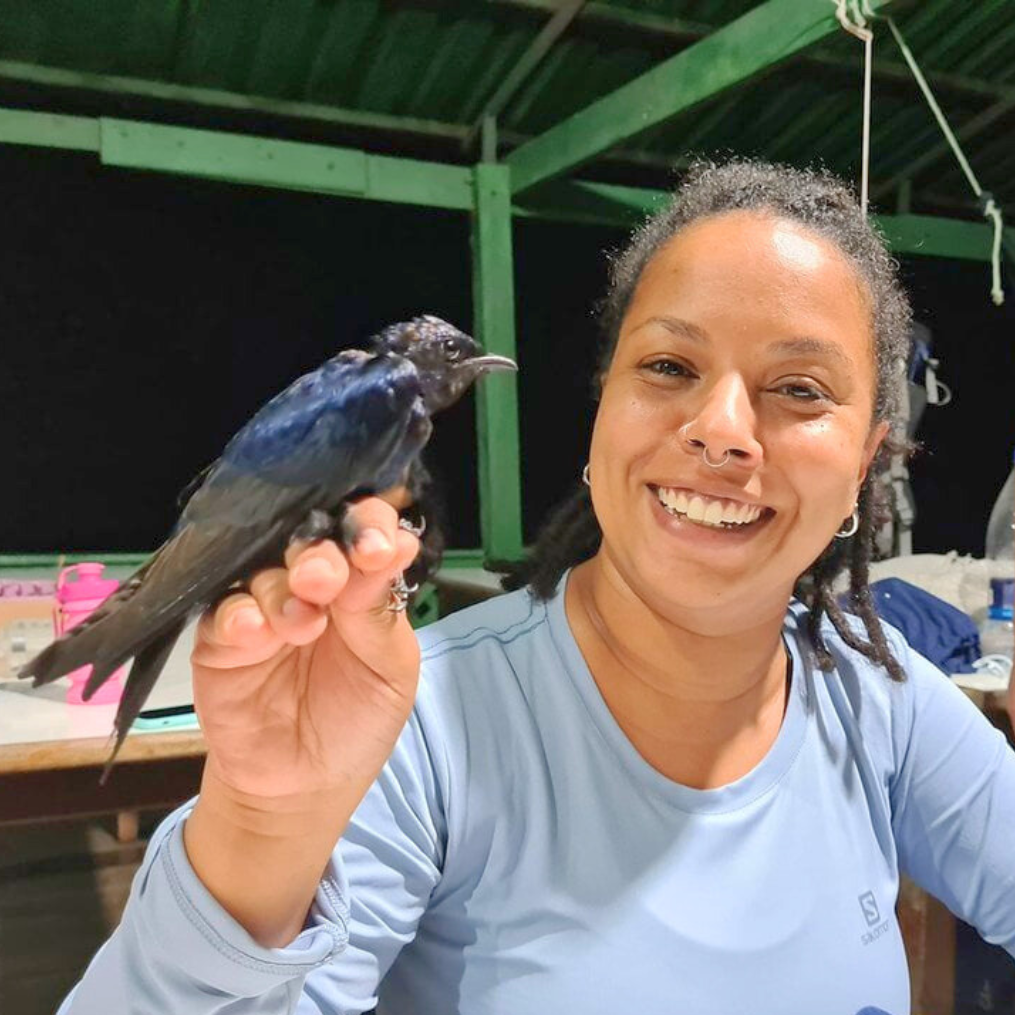
Clarissa de Oliveira Santos
(she | her) - universidade de são paulo
Brazilian, from São Paulo, Clarissa is a biologist and ornithologist with a master's degree in Ecology and is currently a PhD student at the University of São Paulo. She has 11 years of experience in avian sampling and landscape analysis. For the past 4 years, she has studied Purple Martins in Brazil, conducting fieldwork and managing a community science network and database of Purple Martin records in Brazil. This includes monitoring locations, migration and reproductive phenology, roost size, and local threats to the species. She has experience in programming with R and statistical modeling. Over the past year, she dedicated herself to the study of how to assess contaminant exposure and endocrinology from feathers, as well as conducting stable-isotope analysis (SIA). She is interested in birdlife conservation, ecology, and physiology, as well as environmental education, and design and naturalistic illustration for science dissemination and outreach.

Victoria Wiley
(she | her) - northern arizona university
Tori earned a Bachelor's of Science in Biology and Minor in Chemistry from Northern Arizona University in Flagstaff, Arizona. After graduating, she was employed at Associated Regional and University Pathologists (ARUP) Laboratories, a clinical and research genetics lab in Salt Lake City, UT. She gained a deep fascination for genetics working at ARUP, and developed skills in molecular biology that she would use throughout her career. She later moved to San Diego, CA, where she was hired as a Production Chemist for a chemistry manufacturing lab. After two years in the manufacturing industry, she sought a return to molecular biology. She was hired as a Biological Scientist for the United States Homeland Security BioWatch Program and later performed molecular tests for SARS-CoV-2. She has been an avid birdwatcher for almost a decade and is grateful for the opportunity to study Purple Martins as a PhD student at Northern Arizona University.
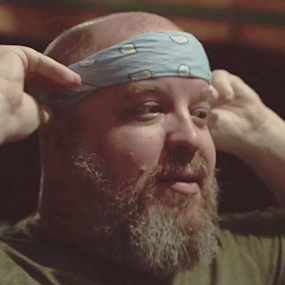
joe siegrist
(he | him) - purple martin conservation association
Joe Siegrist lives with his family in Erie, Pennsylvania, and is President/CEO and directs research for the Purple Martin Conservation Association. Before focusing on martins, he conducted avian research for the University of Illinois and the Illinois Natural History Survey studying Acadian Flycatchers, Northern Bobwhite and Neotropical migrants in general. In addition to conservation research, he has also worked as an educator teaching high school science, a zookeeper, a naturalist and a stay-at-home parent. He has presented at both local and regional scientific conferences and frequently speaks at public events, representing the Purple Martin Conservation Association (PMCA). Joe serves on the board of the Erie Bird Observatory, North American Bluebird Society, and Alveus sanctuary. He is focused on engaging the younger generation and instilling in them an understanding of the need for conservation of both aerial insectivores and cavity-nesting birds.
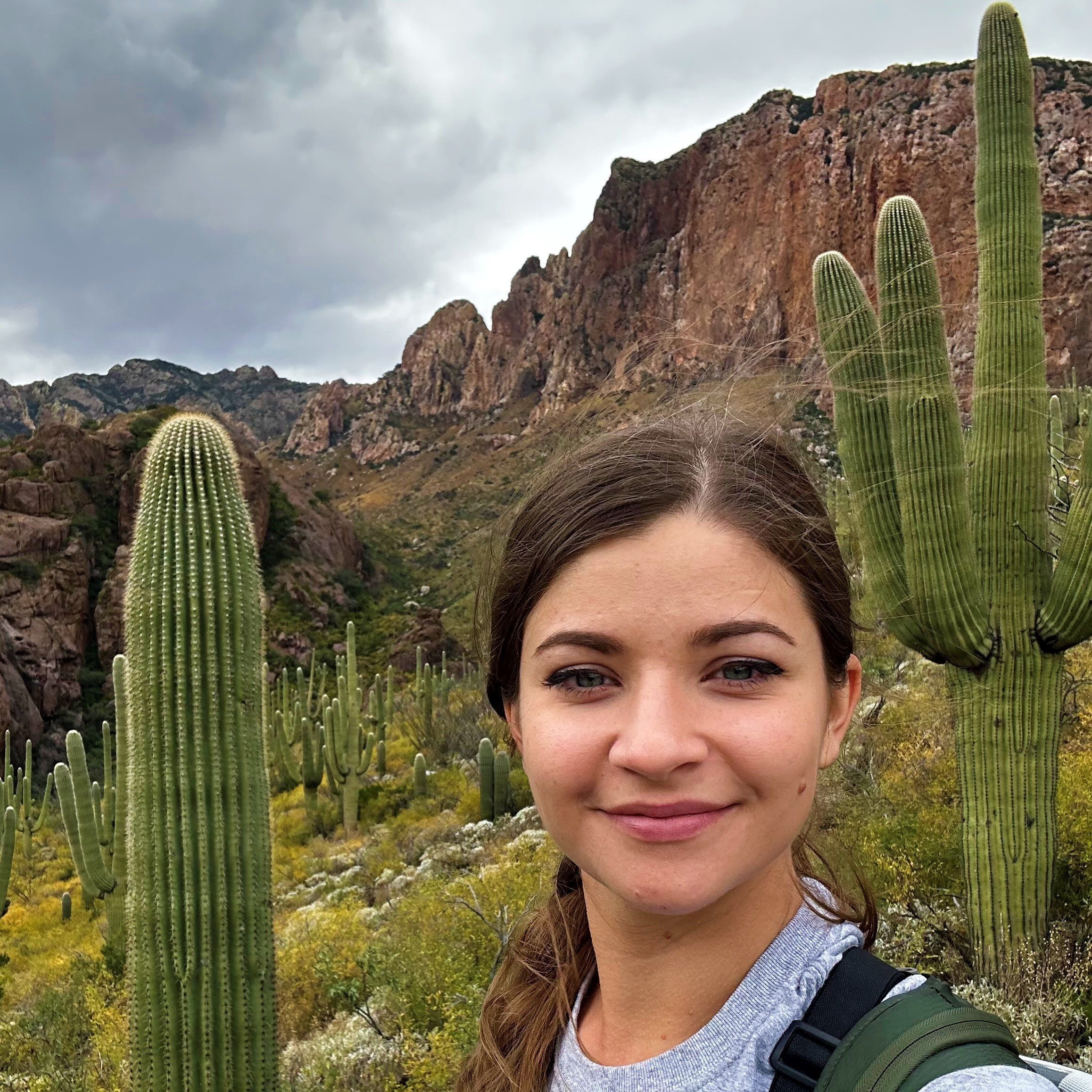
Olya Weekley
(she | her) - Tucson Audubon Society
Originally from Ukraine, Olya relocated to Tucson, Arizona during her teenage years where she developed a profound affection for the desert ecosystem. Fueling her passion for the natural world, she earned a Wildlife Conservation degree and a Graduate Certificate in Geographic Information Systems from the University of Arizona. Olya has been working at Tucson Audubon since 2015, currently holding the role of Applied Conservation Project Manager. Her responsibilities include managing the Desert Nestbox Program to ensure safe nesting habitats for birds, and leading the Bird-safe Buildings program to minimize avian collisions. Within the Desert Martin Project, Olya supervises the nestbox design experiment and contributes to the collection of crucial martin biological data.
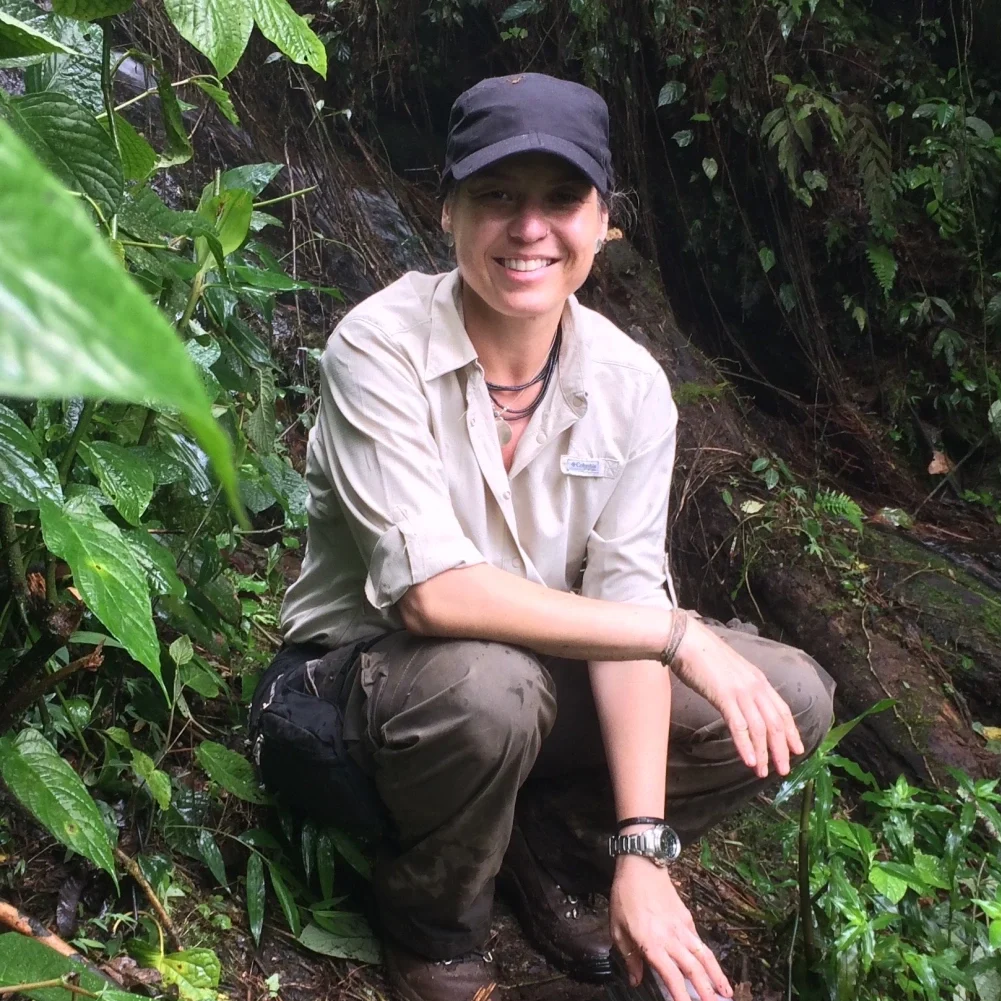
erika hingst-zaher
(she | her) - Instituto butantan
Erika Hingst-Zaher has expertise in the field of Zoology, particularly in inventories, monitoring, taxonomy, morphometrics, and vertebrate conservation. She has conducted faunal inventories in various protected areas in the Atlantic Forest, Cerrado, and Amazon, as well as contributed to the development of Management Plans for National and State Parks and other protected areas in Southeastern Brazil and the Amazon. She also conducts bird and mammal monitoring for pathogen detection in the Amazon and Atlantic Forest regions within the context of One Health. She is involved in education, museology, and science communication, having contributed to the curation of exhibitions related to vertebrates and biodiversity conservation, the organization of scientific and outreach events, and the production of educational materials and applications for the popularization of science. She teaches courses in the specialization in Animal Biology and offers extension courses in the areas of One Health, History of Science, and Vertebrate Zoology. She is a member of the Brazilian Society of Mammalogy, the Brazilian Society of Ornithology, the Brazilian Society of Herpetology, and the American Society of Mammalogy. She also serves as an editor for the Brazilian Journal of Mammalogy.
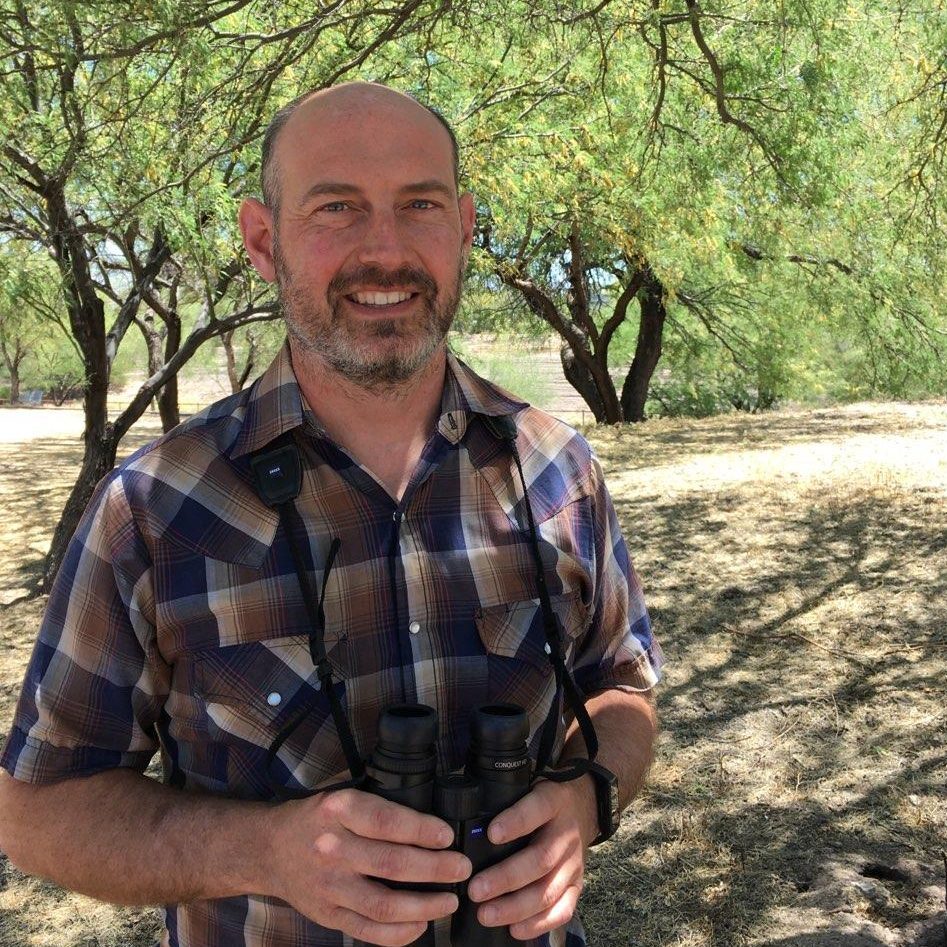
Jonathan horst
(he | him)
Jonathan Horst followed his passion for nature to the Sonoran Desert where he’s alternated between studying birds and plants. Identifying a hemispherically new invasive plant during graduate school at the University of Arizona nudged him into the fields of niche modeling and invasive plants and their impacts on Sonoran Desert ecology. This suite of interests led him to Tucson Audubon where he started as their Restoration Ecologist (aka Nature Farmer). He is currently their Director of Conservation and Research and spends lots of time working with saguaros, Desert Martins, and the invasive plants that threaten to unravel the landscape. As co-PI on the Desert Martin Project he contributes toward assessing the most important research directions and efficient mechanisms for attaining those data, securing funding, building the community networks necessary for research implementation, creating opportunities for the conservation applications coming from the research to be implemented, and whenever possible doing field research.
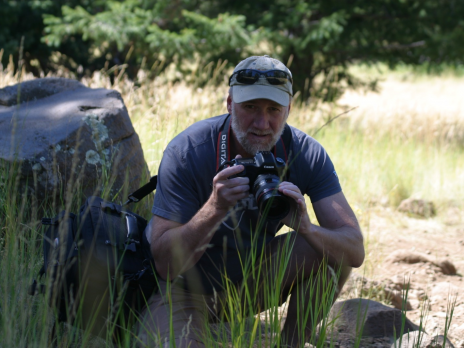
charles loren buck
(he | him) - northern arizona university
Loren Buck is driven by questions of organismal physiology; specifically, adaptations of animals to extreme environments and organismal responses to changing environments. Most projects are highly collaborative, interdisciplinary and consist of both field and laboratory components. Current field research projects are being conducted in Arctic Alaska, the Bering Strait Region, Peninsula Valdez and the high Andes and desert regions of NW Argentina, the Atlantic Forest and Amazon Basin of Brazil, and various locales of Arizona.







